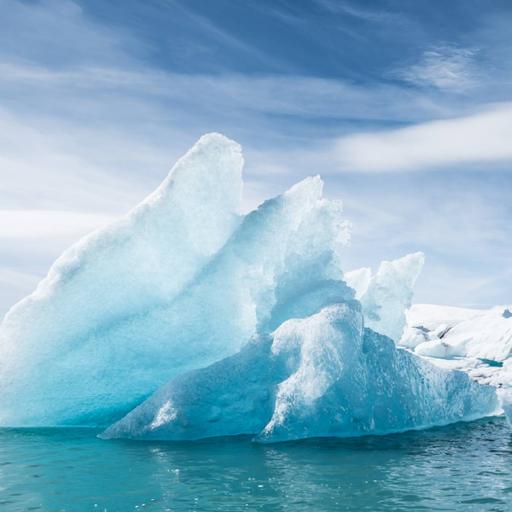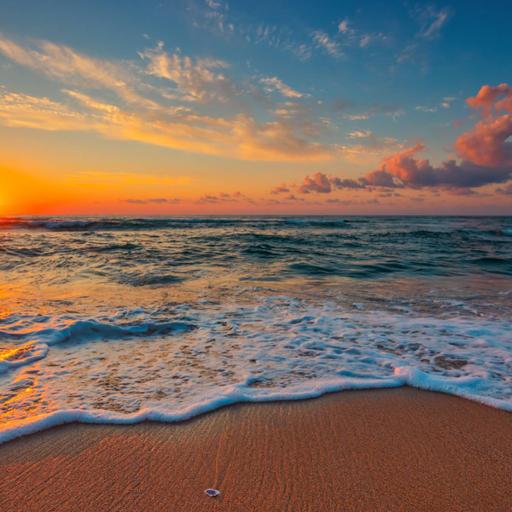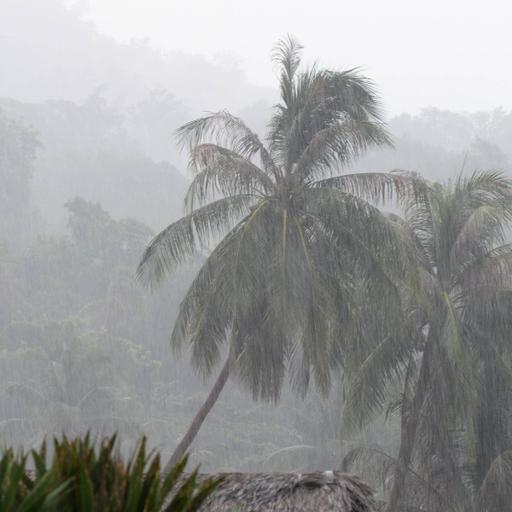Physical Features
Geography helps students to study the earth’s movements, build navigation skills and many more. It also helps to examine the topography of the land and study more about water, sand and other elements. The physical features of a land constitute its water bodies, mountains, deltas, plateaus, hills, animal life, biomes and many more. It even include the topography and vegetation along with fertility of the soil. The thinnest region In the atmosphere is the Exosphere, in which the atoms and molecules escape into the space. Water bodies can be as large as seas and oceans and as small as ponds. As the sun is more active, more ions are made in the next layer, which is the ionosphere. Thermosphere, as the name suggests, is the layer with hottest layer of gas. Mesosphere protects the earth from meteors and has the thinnest layer of air. It is of immense wonder that how are deserts, glaciers and grasslands are present in the same globe.


